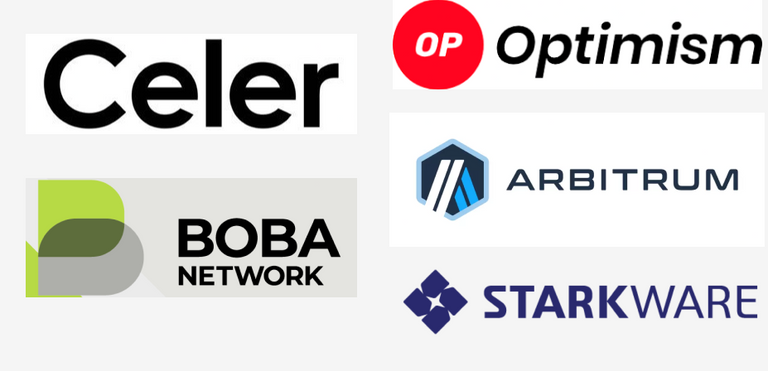In the landscape of Ethereum scaling solutions, Optimistic Rollups and Parallel Pessimistic Rollups represent two different approaches to handle transactions off the main Ethereum chain, thereby increasing throughput and reducing costs while maintaining security.
 Rollups
Rollups
Optimistic Rollups
Concept and Operation:
- Optimistic Rollups assume transactions are valid by default and only run computation (execute transactions) in the event of a challenge. This method optimistically assumes that all state transitions (changes in account balances, contract states, etc.) are correct unless proven otherwise.
- They bundle or "roll up" multiple transactions into a single one, posting the data to the Ethereum mainnet. The state is not computed immediately but is rather assumed to be correct unless challenged.
Security and Disputes:
- If someone believes a transaction was fraudulent, they can challenge it by submitting a fraud proof. This triggers the execution of the transaction on the mainnet to verify its validity.
- A challenge period is allowed, during which disputes can be raised before finalizing the transaction results.
Examples:
- Well-known implementations include Optimism and Arbitrum. These platforms are already hosting a variety of decentralized applications and manage substantial transaction volumes.
Parallel Pessimistic Rollups
Concept and Operation:
- Parallel Pessimistic Rollups are less commonly discussed and are a more theoretical or less mainstream approach compared to Optimistic and ZK Rollups.
- The term suggests a more conservative approach than Optimistic Rollups, possibly running computations in parallel and assuming transactions might be invalid until verified (hence "pessimistic").
Security and Efficiency:
- This approach could potentially involve executing transactions in parallel to optimize processing efficiency while maintaining a pessimistic outlook about transaction validity, requiring validation before assuming correctness.
- The specifics of how "pessimism" is implemented could vary, focusing on ensuring security perhaps at the expense of latency or computational overhead.
Examples:
- Celer Network: Celer Network is a layer-2 scaling platform that uses a variant of Parallel Pessimistic Rollups called "Parallel Verification". They claim to achieve high throughput and low latency while maintaining strong security guarantees.
- Boba Network: Boba Network is another layer-2 scaling platform that uses a combination of Optimistic and Parallel Pessimistic Rollups. They claim to provide high scalability and security for Ethereum-based applications.
Key Differences
- Trust Assumptions: Optimistic Rollups assume transactions are valid unless challenged, while Parallel Pessimistic Rollups might assume transactions are invalid until proven valid, impacting how transaction data is processed and verified.
- Computational Overhead: Optimistic Rollups can potentially handle higher throughput more efficiently under normal circumstances (no fraud), as they avoid executing transaction computations unless a challenge occurs. Parallel Pessimistic Rollups, by their nature, might involve more immediate computation to verify transactions before assuming their validity, which could increase overhead but enhance security.
- Implementation and Adoption: Optimistic Rollups are more widely implemented and tested in the real world, with several large-scale deployments on the Ethereum network. Parallel Pessimistic Rollups, as described, are more theoretical and lack widespread implementation, making them less proven in practical scenarios.
The choice between these types of rollups would depend on the specific needs regarding security, efficiency, and the trust model acceptable to the users or developers of a decentralized application (dApp). Optimistic Rollups currently lead in practical use and community support, while the concept of Parallel Pessimistic Rollups requires further exploration and development.